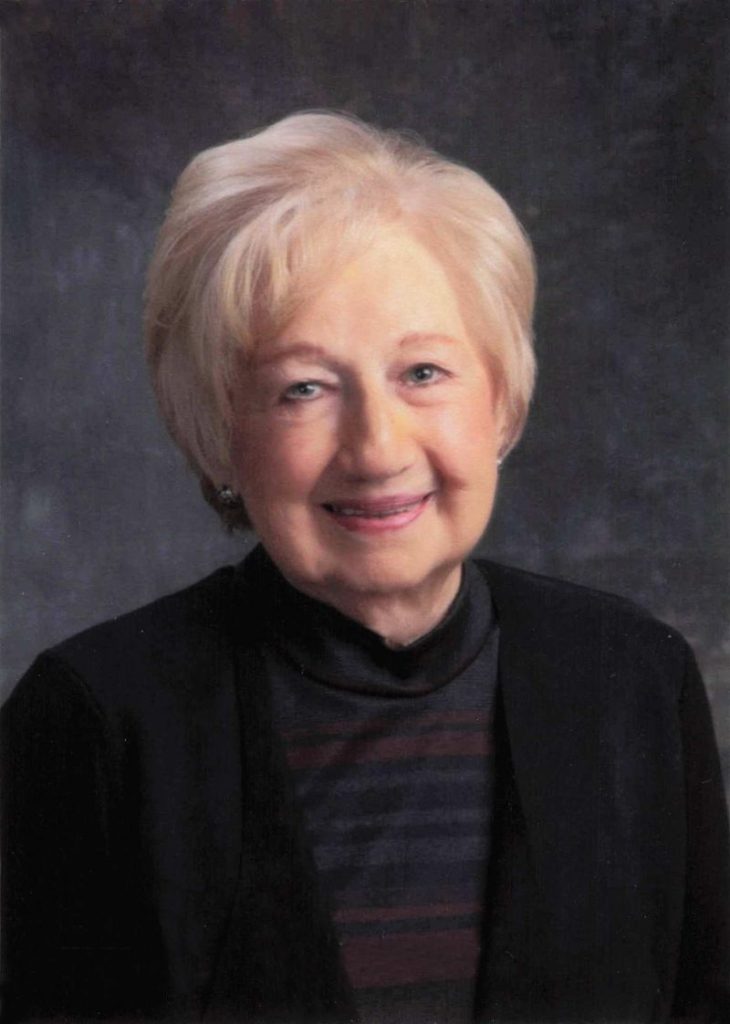Taking a bite out of the Big Apple: One Quincyan’s journey to New York City for first time in 14 years
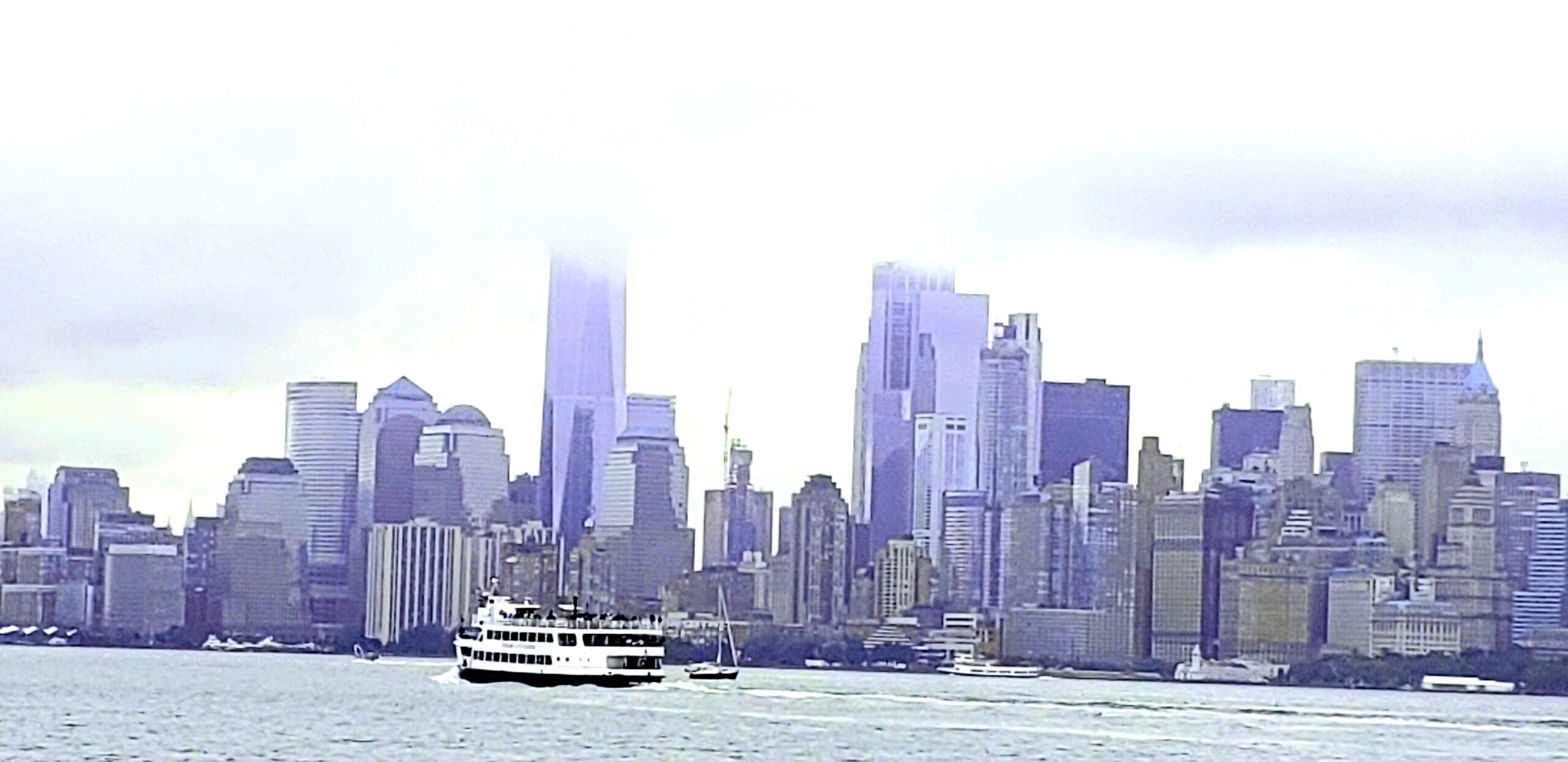
Driving beneath the Hudson River through the underground Lincoln Tunnel from Union City, N.J., into Manhattan, one enters a bizarre wonderland almost beyond fathoming. Notions about New York City (NYC) abound, but setting foot here shatters preconceptions and leaves you gasping and groaning in turns.
I returned to this city last month for the first time in 14 years and discovered startling changes in this Janus-faced locale that I share the same sentiment William Faulkner had for his hometown of Oxford, Miss., “I don’t love it because but in spite of.”
I’m not a native but have walked its streets, slept in its hotels and explored its boroughs long enough to appreciate its wonders and creative energy and scorn its squalor and bombast. I peer into the city as into a kaleidoscope that dazzles as it makes me queasy.
CBS News commentator Eric Severeid mused in the late 1960s that one day only the very wealthy and the extremely poor would reside here, with a buffer of police keeping them apart. That omen has never been truer, perhaps not only here but across the nation. Jeff Bezos, nearly the richest man in the world, owns the top three floors of a luxury building adjacent to Madison Square Park. In that same park, homeless people sleep on the pavement and panhandle or hustle to survive. This parody of contrasts is rampant throughout the city, home of the most billionaires and millionaires in the world and some of the most decrepit slums in America.
About 85,000 homeless people, including 28,000 children, live here and lodge in subways, underpasses, parks and in NYC’s 366 shelters. Military veterans comprise a staggering number, with addicts and those needing mental health treatment among them. With a median citywide rent of $1,440 a month ($4,200 in Manhattan), few easily make the transition from the streets to a semblance of stability.
Fearful of losing what few possessions they have, many homeless avoid shelters. The city has started a program of placing them in former hotels and apartment buildings with individual rooms. This has proved guardedly successful and been adopted by several other cities for their homeless residents.
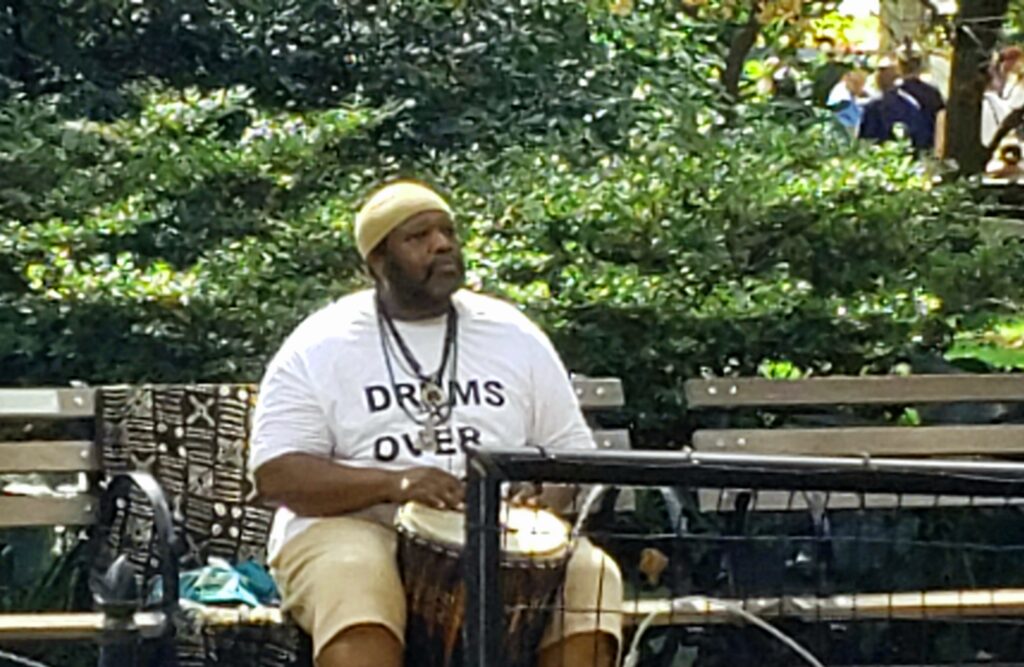
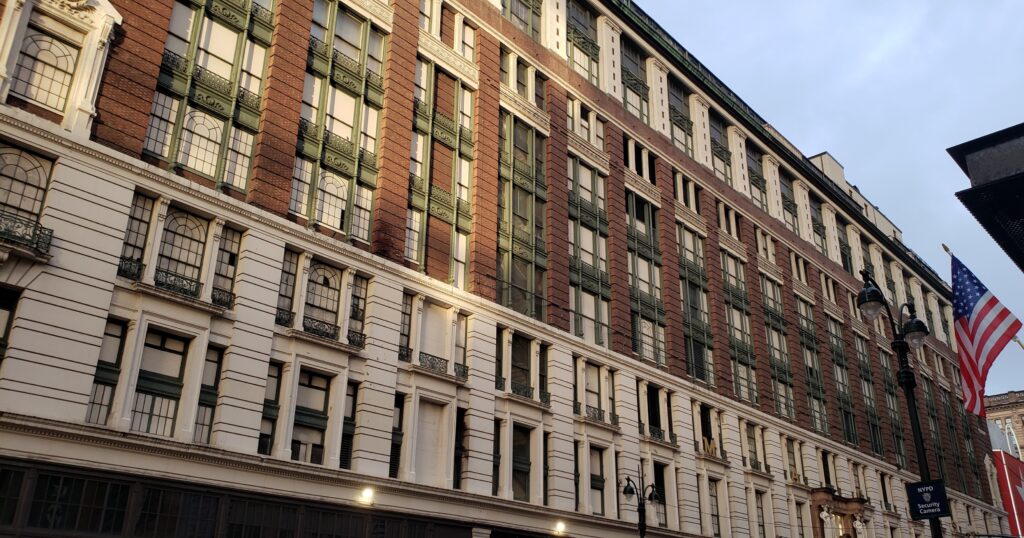
This chasm between wealth and poverty climaxed in September 2011 with the Occupy Wall Street Movement. Shouts of “class warfare” echoed from Queens to Staten Island, and this movement — like so much originating in NYC — spread to more than 100 cities across the nation. Conservatives countered with outcries of “socialism” and “wealth distribution,” even as economists stated that the top one percent of United States’ earners own about one-third of national wealth and income disparity is the highest in the Western World and nearly at Great Depression levels.
Manhattan, the smallest of the five boroughs in area and the most expensive to live in, is a mecca for shoppers and home of many of the world’s most well-known stores: Saks Fifth Avenue, Tiffany & Co., Bloomingdale’s and Macy’s Herald Square. Exclusive stores poise armed guards at their entrance and almost as many surveillance cameras as the Federal Reserve Bank in the Wall Street district. Violent crime has declined over the past decade, but theft and robbery (from street to hi-tech) remain high. Not a single Walmart stands in this most populous American city of 8.8 million people. Shoplifting and security costs would be too costly.
Along with name stores, street vendors sell merchandise of dubious origin and quality, from purses, to watches, scarves and souvenirs galore. NYC is the fashion capital of the world, but the popular “I Love New York” T-shirts, like much of the country’s mass-produced clothing, is made in impoverished foreign countries, where outsourced American factories pay workers a pittance for their labor. The city imposes a sales tax of 8.875 percent and income taxes that range from 3.078 to 3.876 percent — some of the highest in the U.S.
While the great mass of humanity lives and work in this city more-or-less anonymously, a few glitter in the public mind like the lights of Times Square. Tour guides roll-out names of New Yorkers whose fortunes and fame have resonated from their era into ours: John D. Rockefeller, J.P. Morgan, Andrew Carnegie, Joseph Durst, John Jacob Astor, Cornelius Vanderbilt. Even one of NYC’s nicknames, “Big Apple,” comes from horse racing slang about the large money purses doled out by local racetracks.
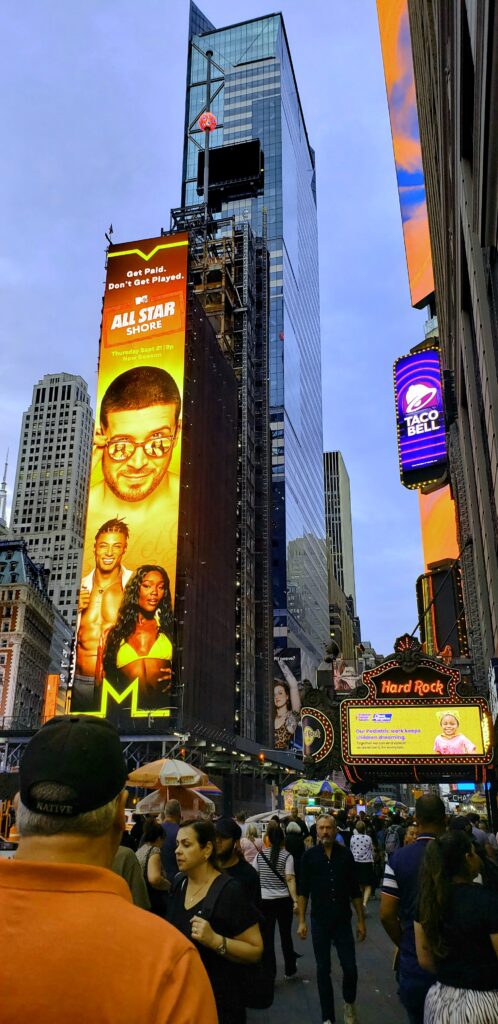
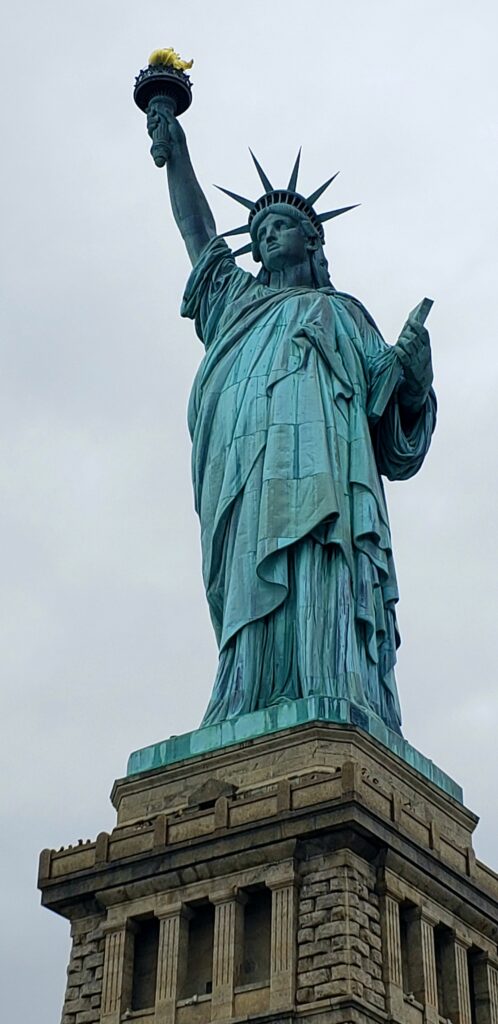
For those more interested in culture than consumerism, NYC has the most extensive and diverse array of museums in the world. I love to wander through the Metropolitan Museum of Art or the Frick Museum and gaze upon the masterpieces that define our civilization and shape our vision of humanity. Sadly, though, attendance at brick-and-mortar museums here (and across the country) has declined significantly during the past decade. They failed to rebound from the SARS scare and COVID closures, and young people are so attuned to viewing screens that actual artifacts pale in allurement. When I was here in 2009, I could usually tell visitors from residents by observing tourists gawk upwards to the myriad skyscrapers, towering structures that often enclose the sky and eclipse the sun. Now people more likely look at cell phones.
The contemporary visual art world, like much of professional sports, has largely turned from aesthetics and talent to an investment. When I was in NYC, an Andy Warhol acrylic and silk screen work titled “Shot Sage Blue Marilyn” (Monroe) sold for $195 million. Never mind that his “factory” produced it and Warhol only lent his gold-stamp name and hinged it onto an icon whose fame has vaunted since her death.
Attendance at the performing arts, though, has fared much better, with live music, theater, and dance thriving in this mecca where artists striving to reach the pinnacle in their professions gravitate. The play I saw her 14 years ago, “Wicked,” has continuously played on Broadway since 2003 and is in its 7,678th production. NYC stages the best performances in the world, and hearts still flutter at the astonishing talent in this creative capital. Hundreds of modern artists, as varied as Leonard Bernstein, Martha Graham and Maya Angelou, have moved here and called the city home.
After a few minutes, Times Square, the five blocks from 42nd to 47th Streets, feels like living inside a light bulb. One finds on these streets many audaciously dressed “actors” in a kind of publicly performed live action role-playing game. I sensed what Shakespeare wrote in his play “As You Like It:” “All the world’s a stage, and men and women merely characters.” This famous square, though, has changed since the 1990s when it was a cesspool of drugs, prostitution and crime.
This reversal began during Mayor Rudy Giuliani’s administration when the city removed the sleaze and enforced zoning laws with a heavy police presence. Today Times Square is congested but largely safe and family-friendly … with one caveat. The New York State Legislature legalized recreational marijuana use in 2021, and the scent of pot wafts over the bustling crowds. Above the haze of smoke hovering in the air, the iridescent New Year’s Day Ball remains poised to make its annual descent and bring more changes to this city that never sleeps but always seems to dream.
Visitors from around the world flock to the Statue of Liberty, a gift in 1876 from the French people on the centennial of the United States’ founding to honor our ideals of freedom and liberty. During the ensuing years of mass migration to this country, immigrants first glimpsed this statue, and it remains a symbol of hope for a better life.
As I walked around Ellis Island, where between 1886 and 1954 twelve million immigrants passed, the ingrained but skewed image of America as a “melting pot” came to mind. Inevitable conflicts often arose steeped in xenophobia and suspicion between nationalities, ethnic groups, and religions. Soon before my latest trip, I watched Director Martin Scorsese’s film “Gangs of New York,” a realistic depiction of the violence between Irish Protestant and Catholic immigrants following the American Civil War in the crime-infested section of NYC known as Five Points. Today that neighborhood is filled with shops, restaurants and apartments, and people from scores of religions and ethnic groups cross paths and live together more-or-less civilly.
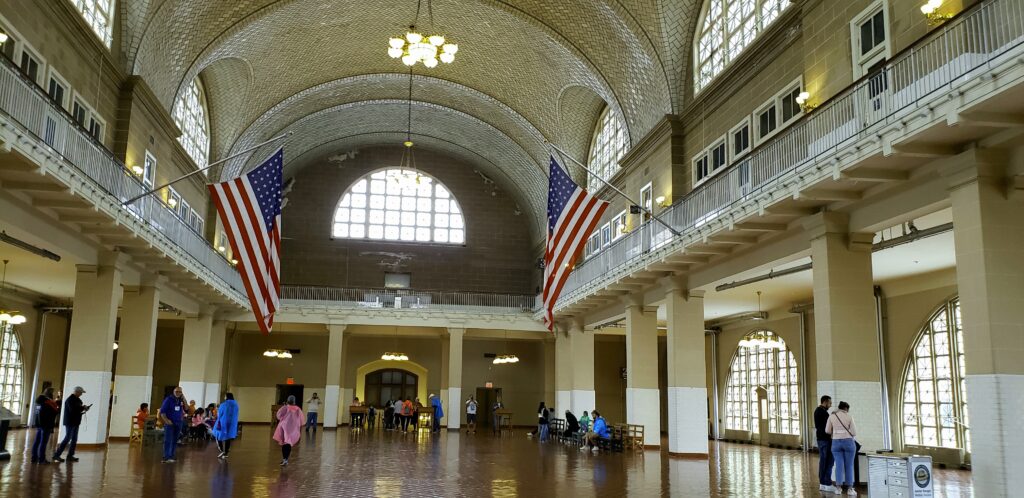
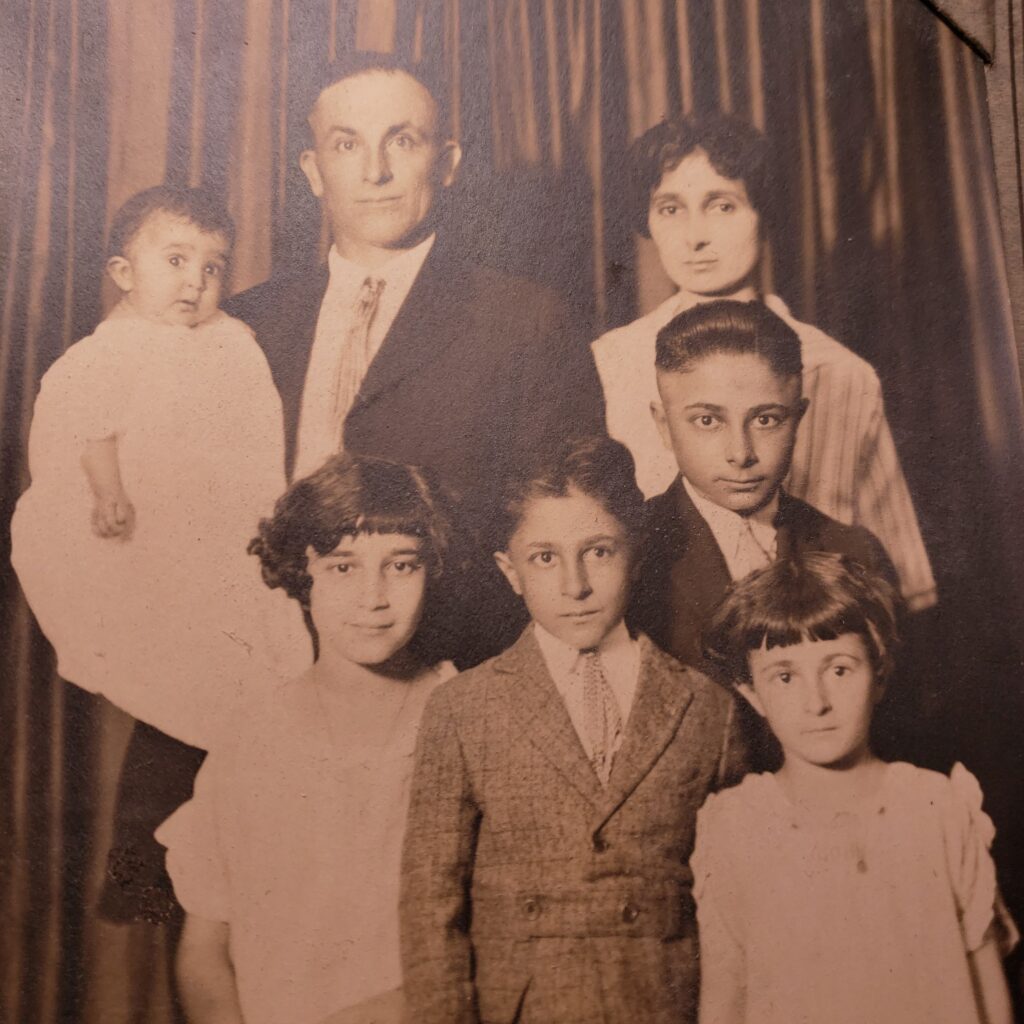
These early immigrants included my maternal grandparents, Joseph and Antoinette Affre, who came to this country following an earthquake in southern Italy and Sicily that killed about 80,000 people and left 60,000 homeless. My grandparents packed all their possessions into a couple of suitcases. While many Italians remained in New York, where today “Little Italy” neighborhoods cluster in all the boroughs, several families settled in Quincy. They chose the Gem City largely because they could cultivate sustainable gardens and supplement meals with fish from the Mississippi River. These Italian immigrants worked hard and overcame the prejudice of being Southern Europeans (as opposed to largely German and Irish immigrants) and Roman Catholics at a time when many denominations scorned “papists” and judged them guilty of holding bizarre beliefs and practicing superstitious rituals.
My grandfather and his brother owned local grocery stores, and other relatives — black-listed from factories and most businesses because of their ethnicity and broken English — became self-employed shop-owners and laborers. First-generation Americans like my mother and her cousin, Joe Boningsinga (later to be known as “Mr. Quincy” for his extensive civic work), contributed immensely to the well-being of this city. My grandparents kept a picture of the Statue of Liberty next to those of President Franklin Roosevelt and Bishop Fulton Sheen.
Sept. 11, 2001 is a date emblazoned upon national consciousness like Dec. 7, 1941, for an earlier generation. Both the beginning of wars, the one on terrorism continues with no end in sight. Eyewitness reports have well-documented the events of that fateful day, but not as widely known is the courageous effort of tens of thousands of New Yorkers to clear the aftermath of the Twin Towers attacks and begin plans for rebuilding the World Trade Center.
This cleanup effort took eight months of arduous daily labor in clouds of granulated dust and chemical residue from smoldering buildings, electronics and bodies. The World Trade Center Health program estimates nearly 4,500 of these workers and others exposed to the toxic air have died from cancers and related illnesses, about twice as many as the fatalities from Sept. 11. Hundreds of thousands more remain at risk. More than 20 years later, television commercials on local NYC stations advise those who may have breathed in the poisons to consult lawyers for possible compensation.
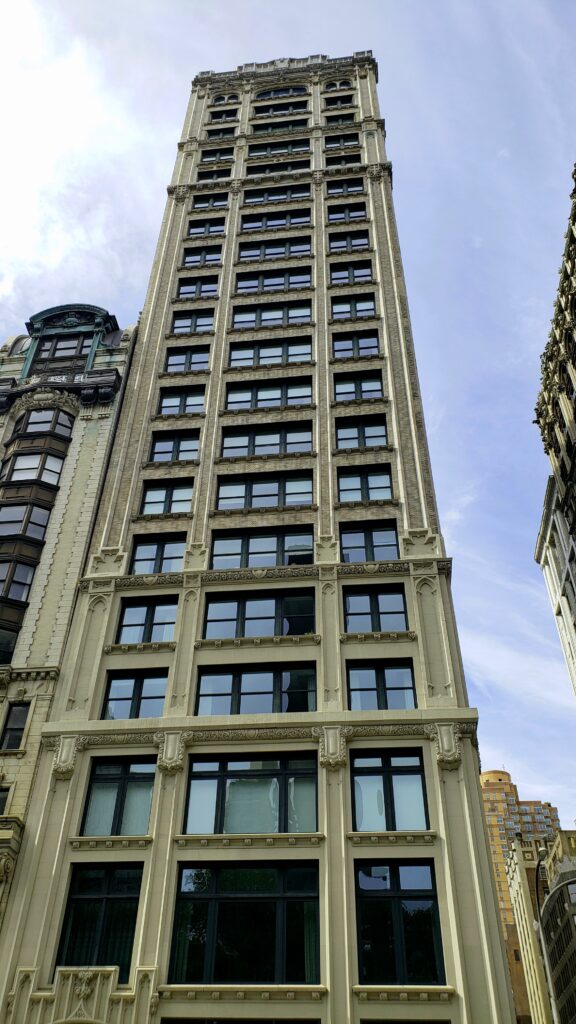
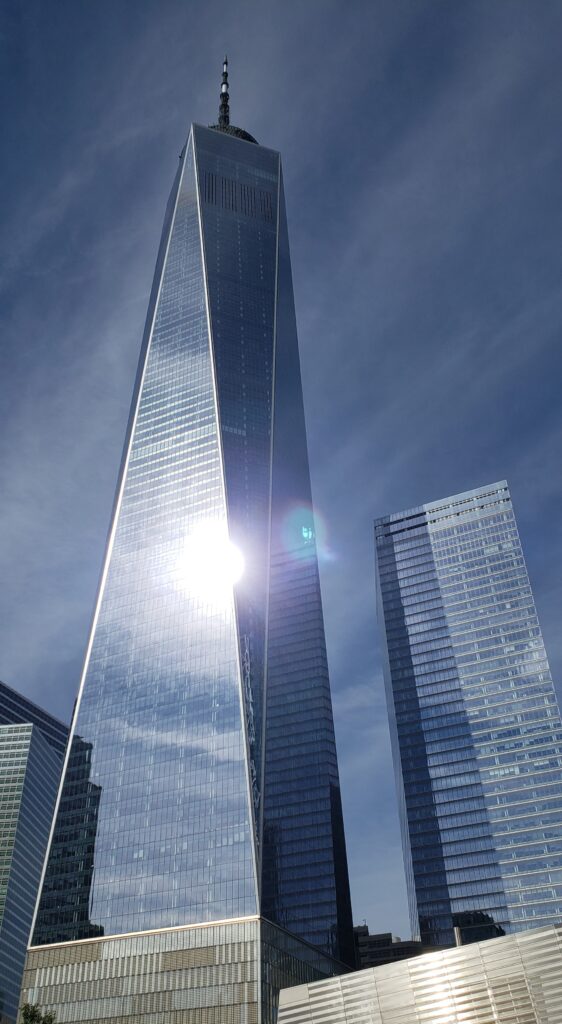
When I last visited, work continued on a new World Trade Center. Today four of the six buildings planned for the plaza have been completed and dedicated. One World Trade Center rises 104 stories, and at 1,776 feet (a symbolic number), it is the tallest building in the Western Hemisphere, surpassing the highest destroyed tower by 408 feet. A waterfall on the site of the original Twin Towers honors the 2,753 people killed there in the Sept. 11 attacks. Many visitors come as pilgrims to remember and reflect on a day that forever changed our country and the world.
James Baldwin called the New York City he knew “Another Country” in his 1962 novel by that title. With almost every culture in the world living here and people speaking more than 800 languages, the home of the United Nations and their entourages, and with more visitors than any place on Earth, this metropolis is more like another world.
From the mansions of the Upper East Side to the wretched slums of the South Bronx and Brooklyn’s Bedford-Stuyvesant neighborhoods, from St. Patrick’s Cathedral and Trinity Church to street preachers on Times Square, from Yankee Stadium and Madison Square Garden to children playing stick ball in the alleys of Queens, NYC is a cross-section of humanity embracing much of the best and some of the worst of the American experiment in democracy.
Most New Yorkers take pride in its nickname “Gotham” as home of the superheroes of comics, without realizing that 19th century NYC writer Washington Irving first used it in his stories “Rip Van Winkle” and “The Legend of Sleepy Hollow”. Gotham there denoted a village filled with self-important people who acted foolishly. New York embodies both views and so much more.
This is the cultural capital of the world and the place where much American civilization originated. Myriads of writers, musicians, opera singers, artists, dancers and actors have been inspired here and found a niche to nurture their talents. The city’s 200-plus colleges and universities educate a new generation eager to leave its mark on the world from this nexus of creativity. An innovative program using former telephone booths, Link NYC WiFi, gives free Internet access to everyone here, and the New York Public Library is the most visited place in the city. Immigrants have a chance to begin anew, and the young and ambitious to soar in their lives.
NYC dazzles and distresses, thrills with energy and enervates with excess, offering promises and perils to those who call it home for a lifetime or a day. What New York-born poet Walt Whitman wrote of himself applies to his hometown as well: “Very well then I contradict myself. I am large. I contain multitudes.”
I am an interloper and have only begun to unravel the modern-day enigma of this once Dutch trading post and settlement incorporated in 1653 as New Amsterdam. But when the sun descends over the East River and splinters onto the Brooklyn Bridge, with jazz wafting across the streets and barrios from Queens to Staten Island, the words of Whitman again come to mind: “The past and present wilt — I have filled them, emptied them. And proceed to fill my next full of the future.”
This hope will always remain part of the anthem and allure of New York City.
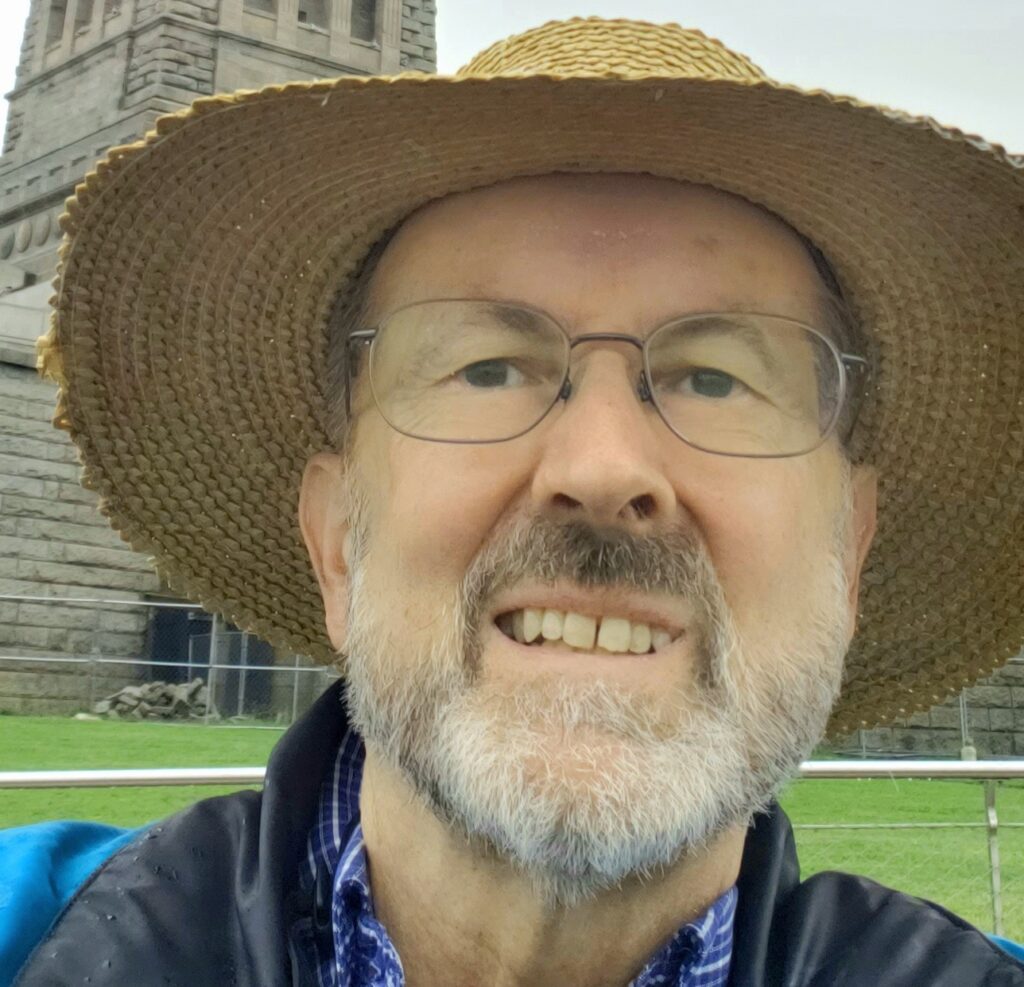
Joseph Newkirk is a local writer, photographer and world traveler who has published many of his adventures in newspapers and literary magazines. He is a board member of the Historical Society of Quincy and Adams County, Quincy Museum, Friends of the Log Cabins and the Quincy University Retired Faculty and Staff Association.
Miss Clipping Out Stories to Save for Later?
Click the Purchase Story button below to order a print of this story. We will print it for you on matte photo paper to keep forever.

